Before the first insight can be acted on, there must be a common understanding of the data. The Loopback Data Platform consumes clinical, prescribing, and dispensing systems used by major integrated delivery networks into a common data model. It standardizes and normalizes the data to enable advanced analytics.
The Loopback Data Platform is built to assemble clinical, pharmacy, enterprise and social data for insight and action across the specialty pharmacy and life sciences value chain.
For example:
Loopback Analytics excels when it comes to securing your patient’s healthcare records. A team of people, policies, procedures, and technology ensure your data is met with the highest industry-leading security standards. This would include, but is not limited to, the following:



Loopback has integrated with clinical, prescribing, and dispensing systems used by major integrated delivery networks.
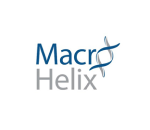







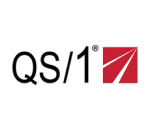




Ensure all team members uderstand the critical role play in data security.

Enable people and processes with techniques that promote good business practices.

Educate all team members on proper data and safe computing practices.

Continuously review and adopt technology to support our security obligations to clients
The Loopback platform is secured through a combination of best practices and technology that meet or exceed federal and state regulations.
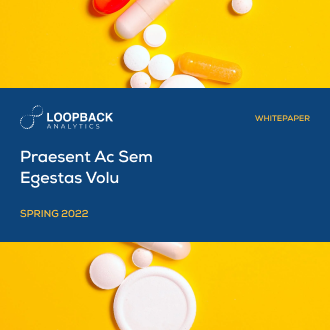
Whitepaper on Patient Privacy & Deidentification
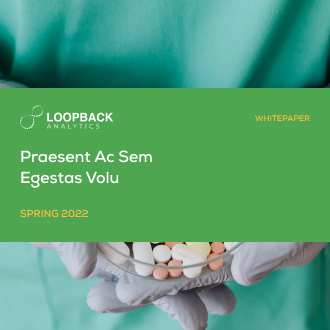
Whitepaper on Data Security
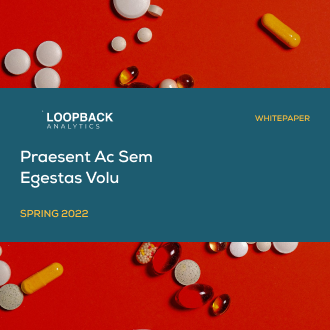
Whitepaper on Data Quality and Normalization
Adding {{itemName}} to cart
Added {{itemName}} to cart